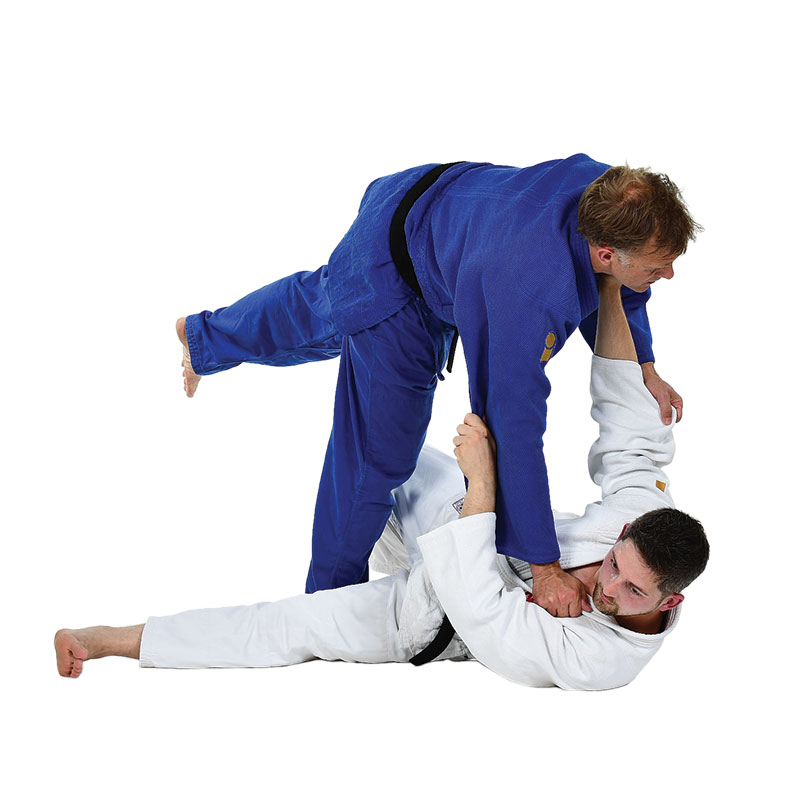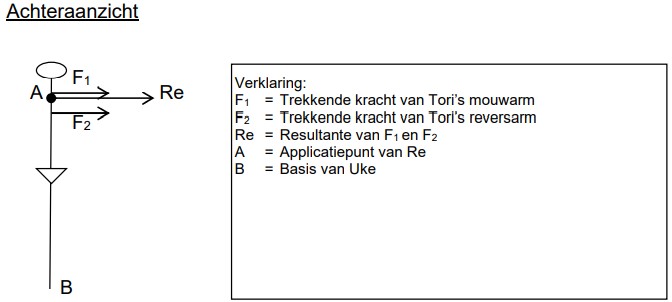Yoko-guruma 横車
Side Wheel
Classification: Sacrifice Technique (Sutemi-waza) – Sideways (Yoko-sutemi)
Group: Gokyo no Waza – Dai Gokyo (Fifth Group)
Description
A dramatic sacrifice throw and often used as a counter to koshi-guruma or other hip or hand techniques (goshi-waza or te-waza). Tori steps around uke, placing their foot between uke’s legs and rotates their body in a wide circular motion while dropping sideways. Uke is then thrown over tori’s hip and side, landing in a wide arc.
Yoko-guruma can also be used as a direct attack, but it requires precise timing, confidence, and full commitment—both physically and mentally.

Biomechanics of Yoko-guruma
Yoko-guruma is a moment-based throw, relying on the extension of a force line (Re) through the arms and upper body (F1 and F2). Tori steps with their revers-side leg between uke’s legs and drops onto their side, using their body as a pivot. The other leg prevents uke from stepping away.
This technique also employs centrifugal force: uke is rotated in a large arc around the falling body of tori. Correct positioning and commitment are essential—without full follow-through, the throw loses its power and timing.

Did you know?
There’s a famous Samurai proverb that says:
“Those who go into battle hoping only to survive will surely die. Those who face the fight prepared for death will surely live.”
This wisdom directly applies to the nature of sutemi-waza—sacrifice techniques like Yoko-guruma. These throws require full commitment. You surrender your standing position and sometimes even your dominant grip in pursuit of a decisive finish.
In judo, sutemi is not just a technique—it’s a mindset. A calculated leap into vulnerability in order to reverse fate, just as the samurai once dove low to cut at an opponent’s legs in desperation or strategy. This is what makes sutemi-waza among the most thrilling and poetic aspects of judo.